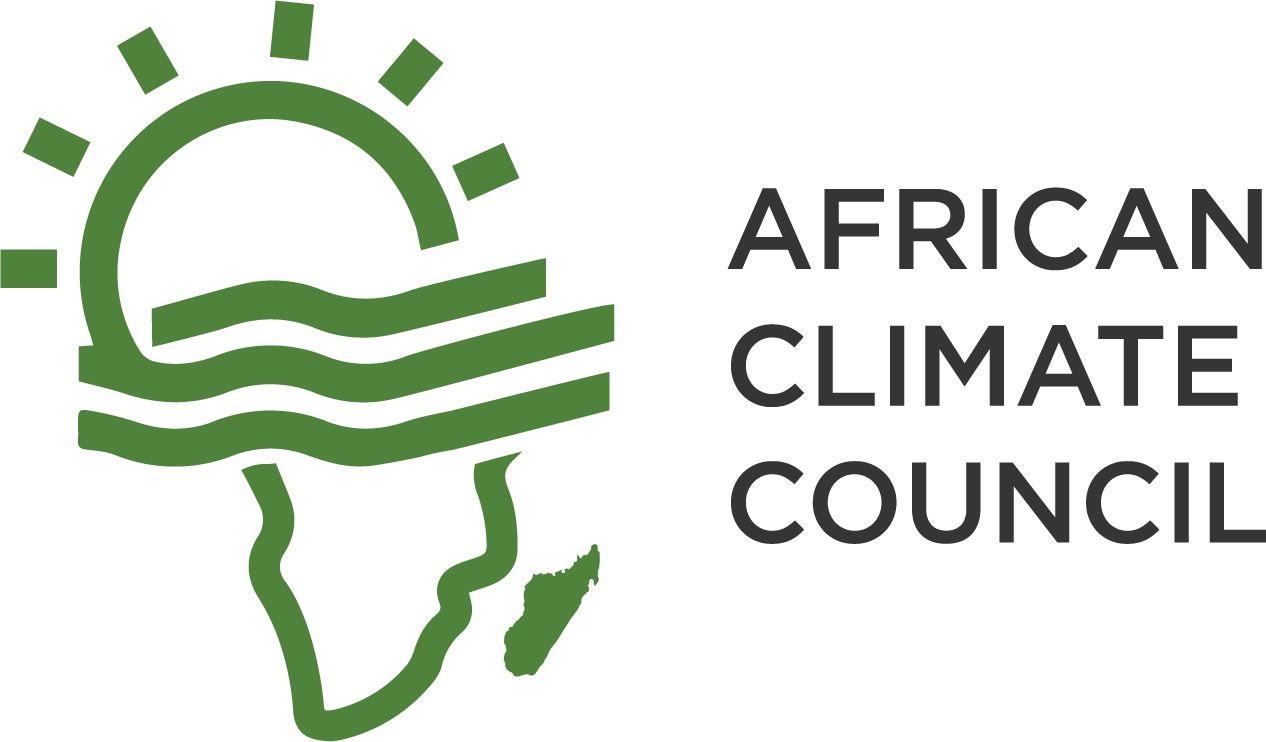
Carbon projects are no different from other environmental initiatives that bear their pros and cons. Various reports, including one by Survival, reveal significant flaws with African carbon offsets, a worrying factor in the long run.
According to Survival and EcoWatch, the residents of isolated carbon regions stand to suffer more from the preceding impacts. For instance, the indigenous area of Samburu, Kenya, is already facing effects such as food insecurity and losing the pastoralist culture.
True to that, carbon marketing mechanisms in pastoralist regions like Samburu require the communities involved to stay in one place for a specific period. Therefore, it’s only automatic for the grazing, farming, and settlement cultures to be disrupted, highly affecting the ecosystem cycle.
Pro-carbon credit supporters argue that these communities are compensated, but the carbon finance sector also has loopholes. The Survival report highlights that fewer proceeds are channeled back to the environment, which is raising a lot of questions.
For instance, the Northern Garissa Grassland Carbon Project has seen a 48.9% decline in vegetation. This is contrary to the projected increase in vegetation between 2012-2020. This does risk the contents of carbon in the soil, which directly impacts climate change.
Therefore, there’s a growing need to re-strategize the carbon offsets approach, especially regarding transparency on the carbon finance sharing. Relevant authorities should be accountable on how funds are shared, as emitters such Meta, and Nivea continue to channel funds to the carbon schemes.


